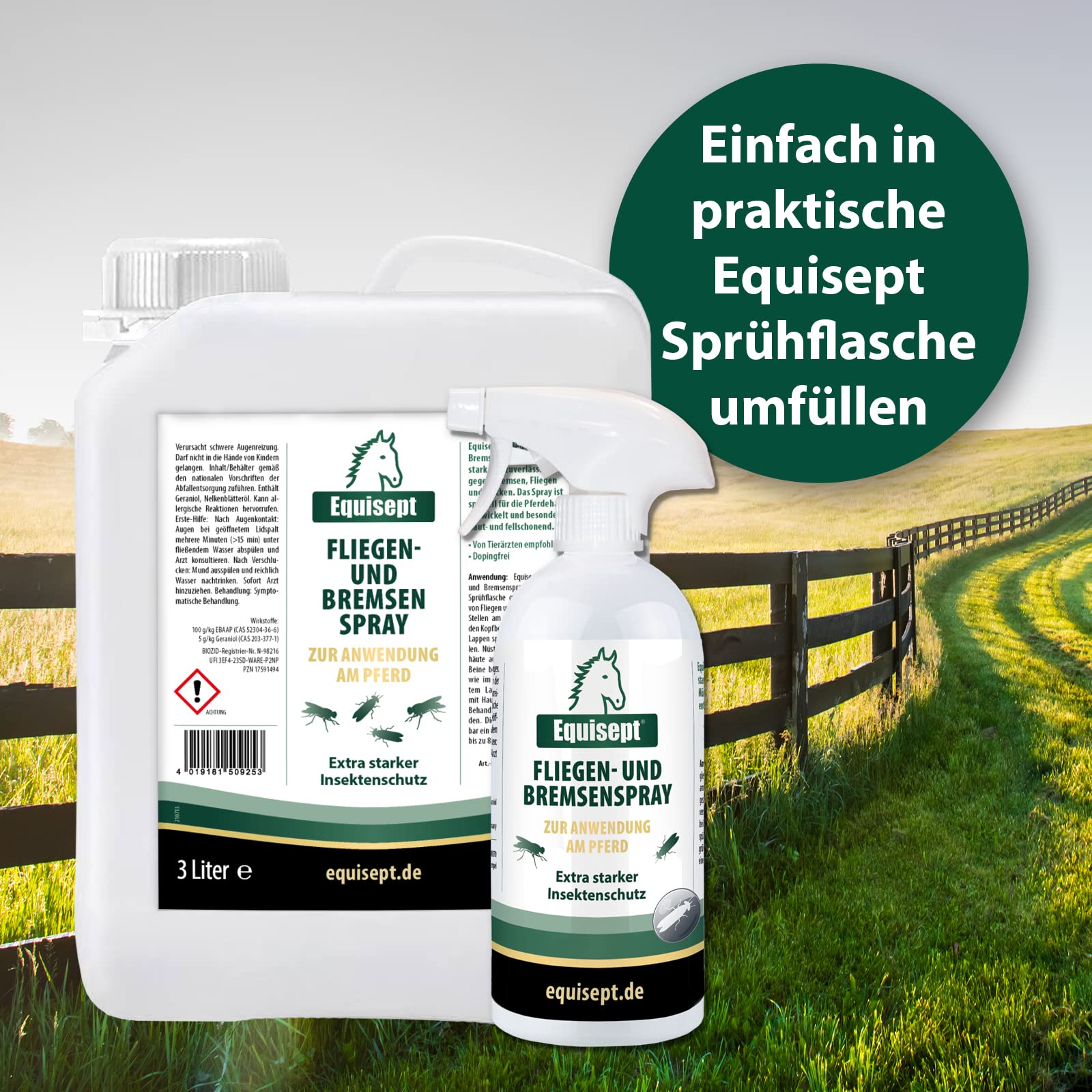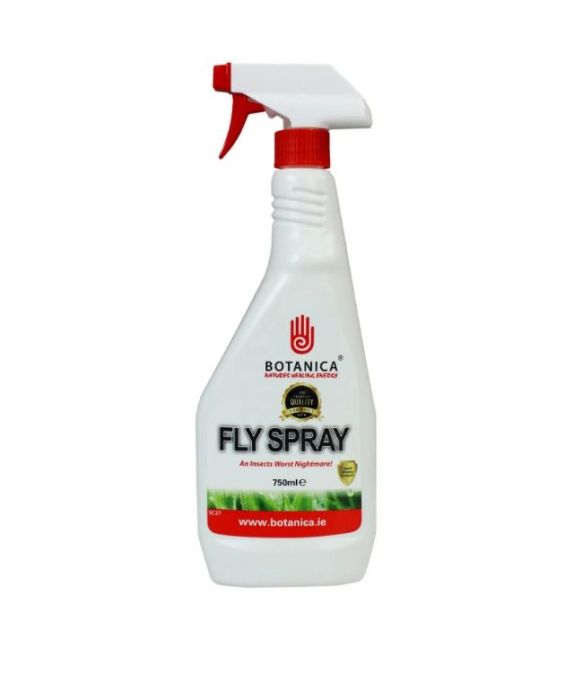Fly Spray Application Equipment for Your Horse

When it comes to protecting your horse from flies and other biting insects, choosing the right fly spray application equipment is essential. Proper equipment ensures effective coverage, minimizes waste, and keeps your horse comfortable. This article explores various types of fly spray applicators, their benefits, and tips for optimal use.
Types of Fly Spray Application Equipment
| Equipment Type | Description | Advantages | Considerations |
|---|---|---|---|
| Pump Sprayers | Handheld sprayers that use a manual pump to spray. | Affordable, easy to use, portable | Requires manual effort, limited capacity |
| Aerosol Cans | Pressurized cans that release spray on trigger pull. | Convenient, no setup needed | Can be costly, less environmentally friendly |
| Battery-Powered Sprayers | Electric sprayers that provide continuous spray. | Efficient, less manual effort | More expensive, requires charging |
| Foam Applicators | Dispense fly spray as foam for better coverage. | Stays on longer, less dripping | May require specific formulations |
How to Choose the Right Equipment
- Consider the size of your horse and the area to cover. Larger horses or multiple animals may benefit from battery-powered sprayers.
- Evaluate your budget and frequency of use. Aerosol cans are good for occasional use, while pump sprayers are cost-effective for regular application.
- Think about ease of use and comfort. Lightweight and ergonomic designs reduce fatigue during application.
Tips for Effective Fly Spray Application
- Apply in a well-ventilated area to avoid inhaling fumes.
- Spray evenly over the horse’s body, focusing on common fly-prone areas such as the mane, tail, belly, and legs.
- Avoid spraying near the horse’s eyes, nose, and mouth.
- Follow the manufacturer’s instructions for dilution and application frequency.
- Clean the equipment after each use to maintain functionality and hygiene.
Frequently Asked Questions (FAQ)
Can I use the same fly spray equipment for different types of sprays?
Generally, yes, but always check the compatibility of the spray with your equipment to avoid damage or reduced effectiveness.
How often should I apply fly spray to my horse?
Application frequency depends on the product and fly activity but typically ranges from daily to every few days.
Is it safe to use aerosol sprays indoors?
It’s best to use aerosol sprays outdoors or in well-ventilated areas to minimize inhalation risks.
What maintenance is required for pump sprayers?
Regular cleaning after use and occasional lubrication of the pump mechanism will extend the life of your sprayer.
Conclusion
Selecting the right fly spray application equipment can make a significant difference in protecting your horse from pests. By understanding the types of applicators and following best practices, you can ensure effective and safe fly control.
This detailed guide aims to help horse owners make informed decisions about fly spray application equipment, enhancing both horse comfort and pest management effectiveness.
